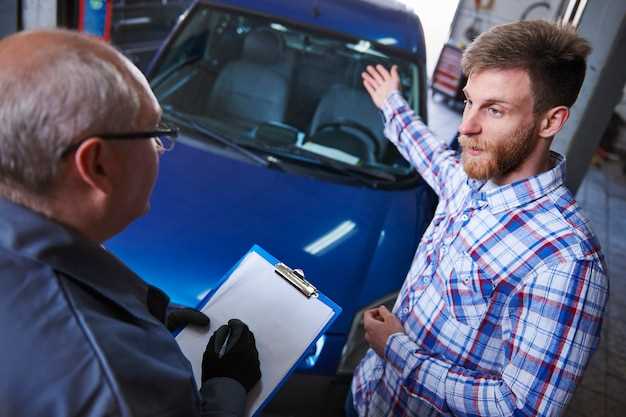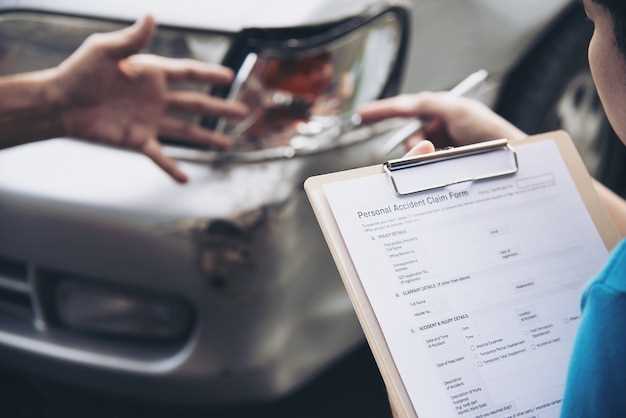
The quality of restoration plays a pivotal role in determining the overall valuation of a vehicle. When it comes to classic and vintage cars, enthusiasts and collectors often look for cars that are not only aesthetically pleasing but also authentically restored. The level of craftsmanship involved in the restoration process can significantly enhance or diminish a car’s market appraisal.
High-quality restorations typically result in a higher valuation as they reflect the attention to detail and adherence to original specifications. These factors assure potential buyers of the car’s integrity, making it a more attractive investment. Conversely, poor-quality restorations can lead to a drastic decrease in appraisal value, as they may mask underlying issues and compromise the vehicle’s overall authenticity.
Furthermore, the materials used and the techniques employed during restoration can also impact the valuation. Enthusiasts often seek vehicles with original parts or those restored with high-grade materials, further emphasizing the importance of quality in the restoration process. As such, understanding the nuances of restoration quality is essential for both sellers and buyers in the classic car market.
Assessing Restoration Techniques and Their Influence on Market Value

Restoration quality plays a crucial role in determining the market value of vehicles. Different techniques employed during the restoration process can significantly influence the final appraisal by potential buyers. Understanding these techniques allows both restorers and buyers to gauge how restoration affects vehicle valuation.
High-Quality Restoration Techniques focus on maintaining the integrity and historical significance of the vehicle. Methods that involve original materials and attention to detail in the craftsmanship will typically enhance a car’s value. For example, a classic car restored with OEM parts not only preserves its authenticity but also attracts collectors willing to pay a premium price.
Conversely, poor-quality restoration often leads to diminished value. Techniques that prioritize speed and cost over craftsmanship can result in visible flaws, such as mismatched paint, poorly fitted body panels, or inferior aftermarket components. Such deficiencies can severely impact the appraisal and marketability of the vehicle.
Furthermore, the process of appraisal incorporates various factors influenced by restoration techniques. Assessors often look for attention to detail, proper documentation of the restoration process, and evidence of high-quality materials used. A well-documented restoration history assures buyers of the care taken, which can elevate the overall perception of value.
In addition to physical quality, the reputation of the restorer also plays a significant role. Established restorers known for their expertise and quality workmanship can command higher prices for their work, thus impacting the vehicle’s market value positively. Buyers may thus place greater emphasis on restoration provenance as a part of their purchasing decision.
In conclusion, the relationship between restoration techniques and market value is complex. Quality restorations tend to increase appraisal values, while subpar work can result in financial losses. Both restorers and buyers should prioritize high standards in restoration practices to ensure positive outcomes in vehicle valuation.
Understanding Appraisal Methods for Restored Vehicles

Appraisal of restored vehicles is a critical process that helps determine their market value based on various factors, including the quality of restoration. The quality is a crucial element that significantly influences how an appraiser assesses a vehicle. A well-restored vehicle often yields a higher valuation compared to one with subpar restoration quality.
Several appraisal methods exist to evaluate restored vehicles. The most commonly used method is the comparative market analysis (CMA), which involves examining recent sales of similar vehicles. By comparing the restored vehicle to others in the market, appraisers can gauge its value based on the quality of work performed during restoration, condition, and rarity.
Another approach is the cost approach, where the appraiser calculates the total cost required to bring a vehicle back to its original condition. This method assesses the quality of materials, labor, and the level of detail in the restoration process. Higher-quality restorations that use premium materials and skilled craftsmanship will generally command a higher valuation.
The income approach is less common for collector vehicles but is worth mentioning. In this method, an appraiser may estimate the potential income that the vehicle can generate through rental or use in special events. The quality of restoration plays a key role in determining how much income it could potentially generate, thereby influencing the overall appraisal.
Appraisers also consider factors such as authenticity and compliance with industry standards. Vehicles that have been restored to their original specifications are often valued higher due to their adherence to quality norms, making authenticity another cornerstone of appraisal in the context of restoration.
Ultimately, understanding appraisal methods is essential for buyers and sellers alike. For sellers, knowing how their vehicle’s restoration quality impacts its valuation can guide pricing strategies. For buyers, recognizing the appraisal process can aid in making informed purchasing decisions, ensuring that they invest in a vehicle that truly reflects its quality and market value.
Evaluating the Long-Term Financial Effects of Restoration Quality
The quality of restoration plays a pivotal role in the long-term financial outlook of a vehicle. A high-quality restoration can significantly enhance a car’s appraisal value, while subpar workmanship can lead to depreciation and diminished collector interest. This section examines how restoration quality impacts not only immediate market perception but also long-term value retention.
When assessing restoration quality, several factors come into play, including the materials used, craftsmanship, and adherence to original specifications. High-quality restorations that utilize authentic parts and expert techniques tend to appeal more to collectors and enthusiasts. As a result, such vehicles often command a premium in the marketplace, leading to higher appraisal values that can appreciate over time.
In contrast, restorations that cut corners or employ inferior materials may initially seem cost-effective, but they can lead to long-term financial repercussions. Poor workmanship can result in recurring maintenance issues, which not only detract from the vehicle’s performance but also negatively influence its resale value. Buyers are generally savvy and can identify the difference between a quality restoration and a hasty fix, impacting their willingness to invest.
Furthermore, the market for restored cars varies by model and make, with certain vehicles being more sensitive to restoration quality. Classic and vintage cars, for instance, often command higher prices when restorations are documented and reflect a high standard. In a competitive market, quality restoration becomes a crucial factor in determining how much a car can appreciate as an asset over the years.
Financially, the implications of restoration quality extend beyond mere appraisal value. Owners of well-restored vehicles are more likely to experience quicker sales cycles, as potential buyers often seek assurance in quality work. This demand can lead to greater liquidity in the market, allowing owners to capitalize on their investments sooner rather than later. Therefore, prioritizing quality in restoration is not merely an aesthetic choice, but a strategic financial decision that can yield considerable benefits over time.
In summary, the long-term financial effects of restoration quality directly influence a car’s appraisal value and overall market viability. By investing in high-quality restoration processes, vehicle owners can secure their investments, ensuring that they not only preserve their vehicles but also maximize their financial returns.

